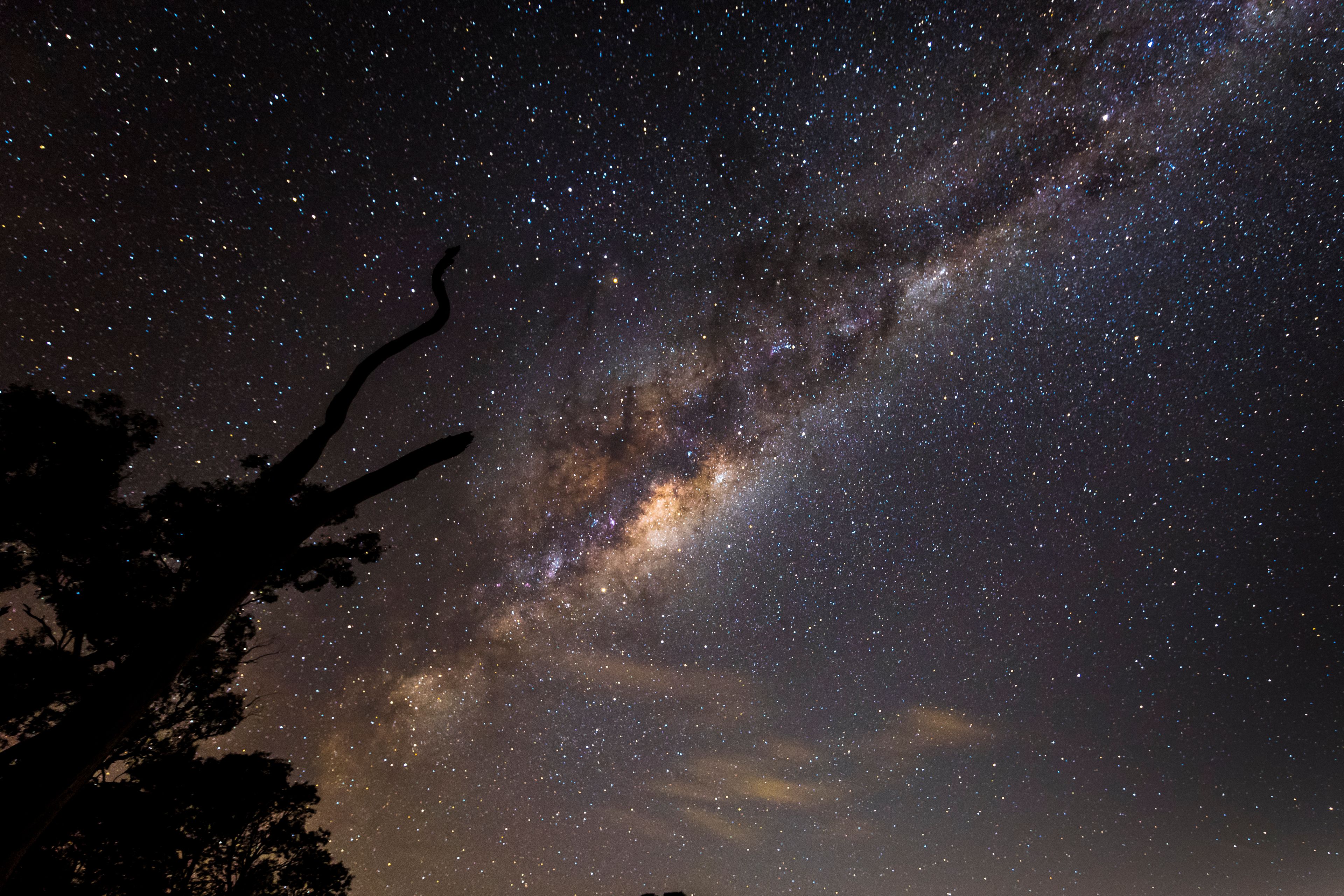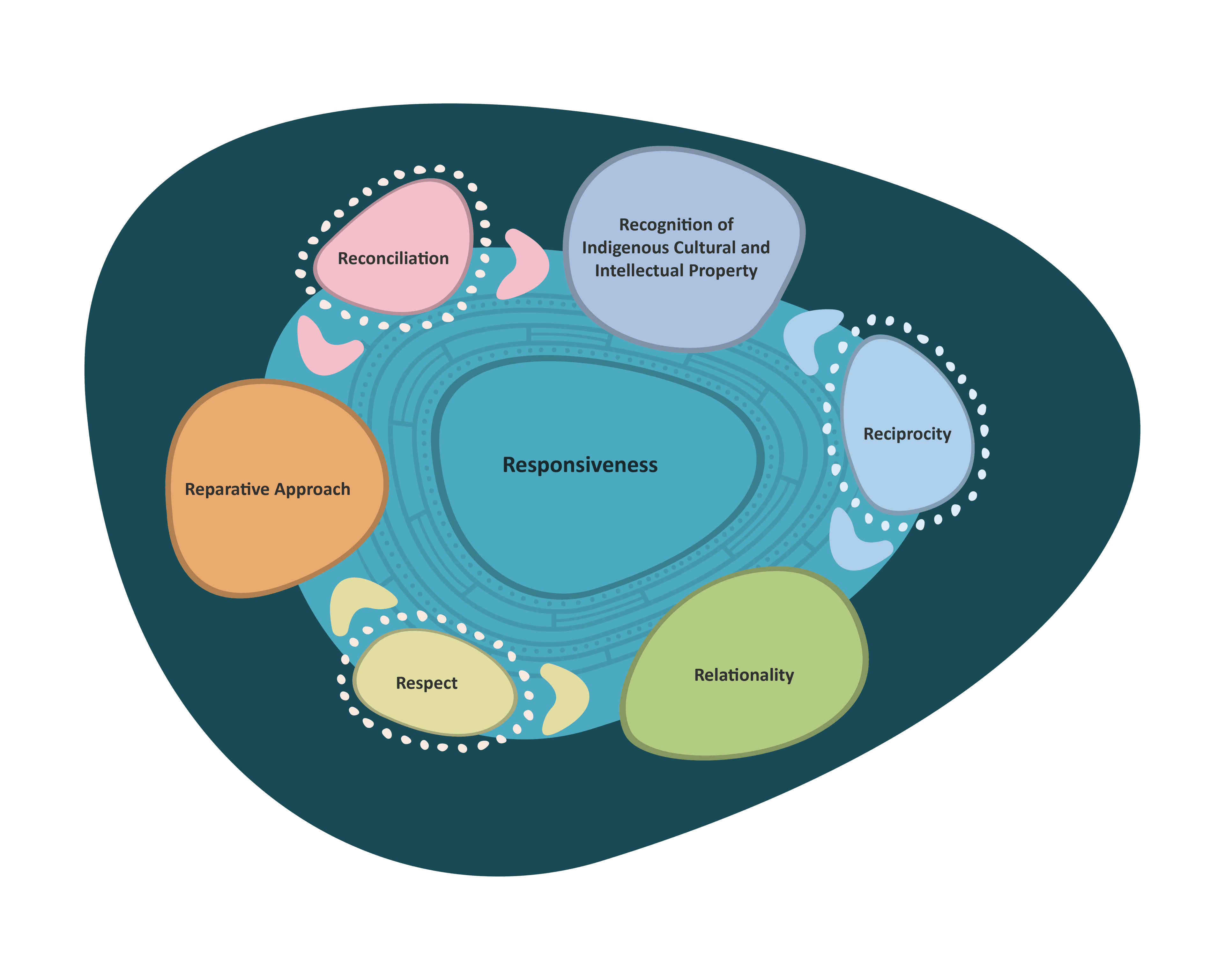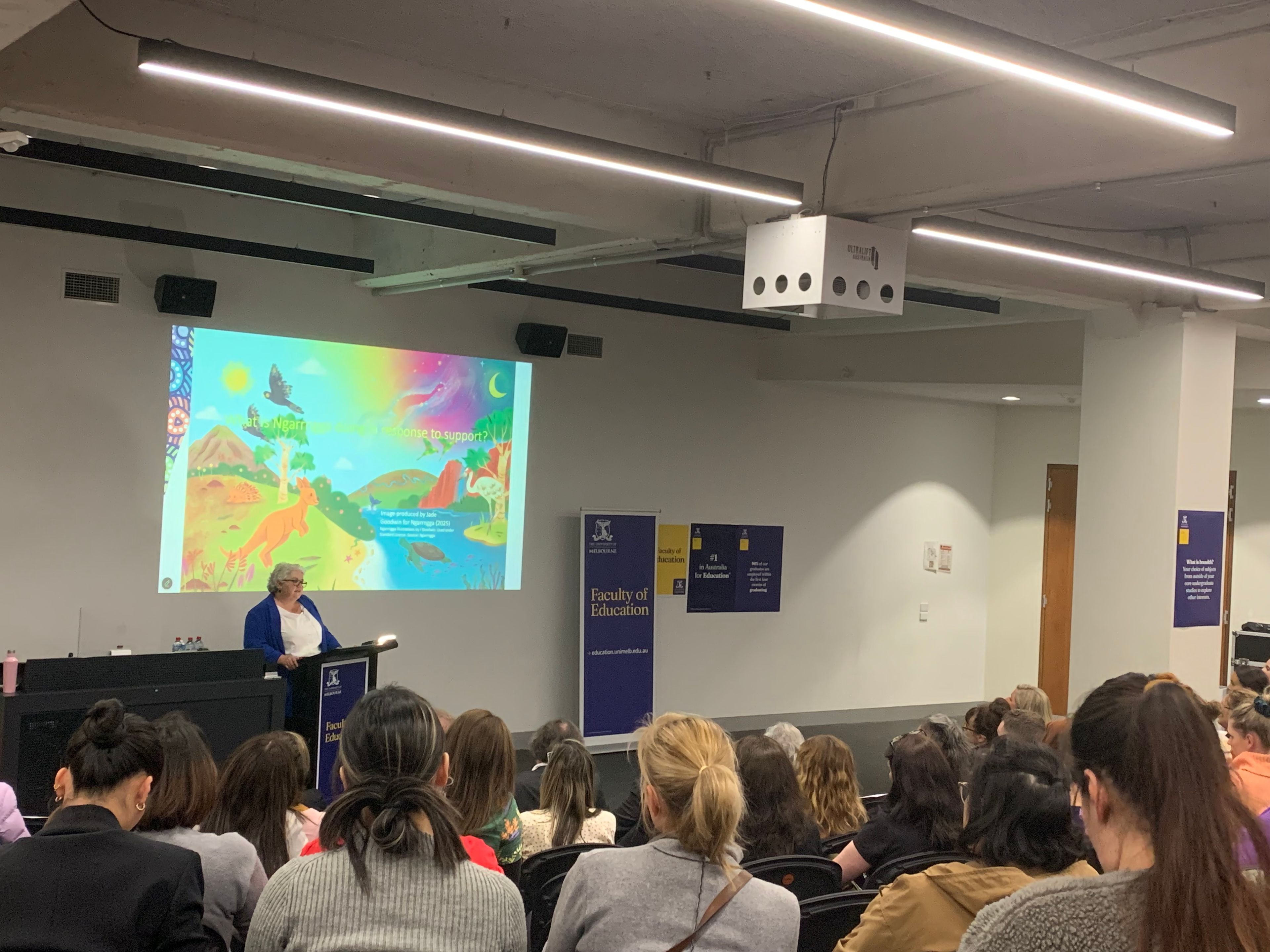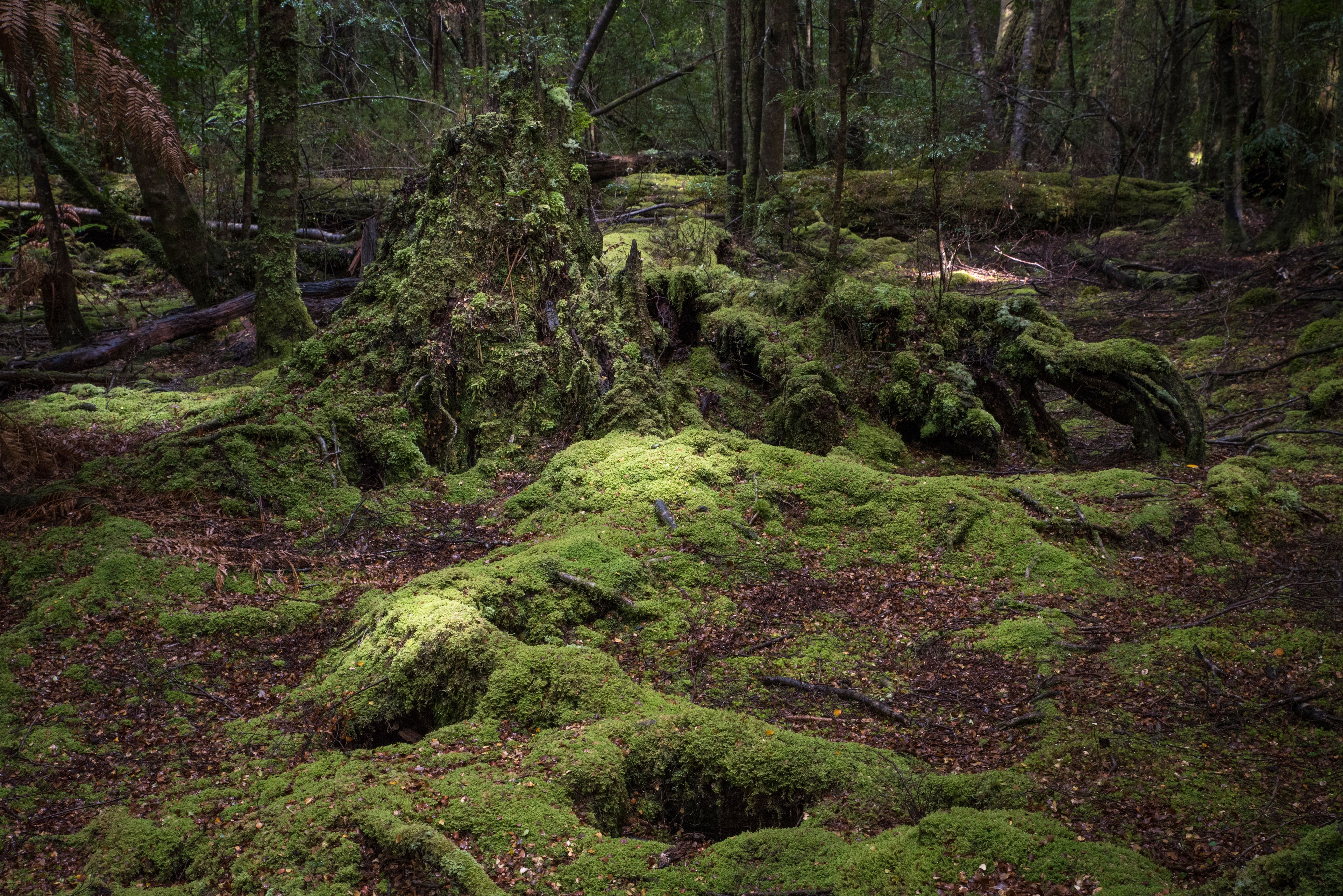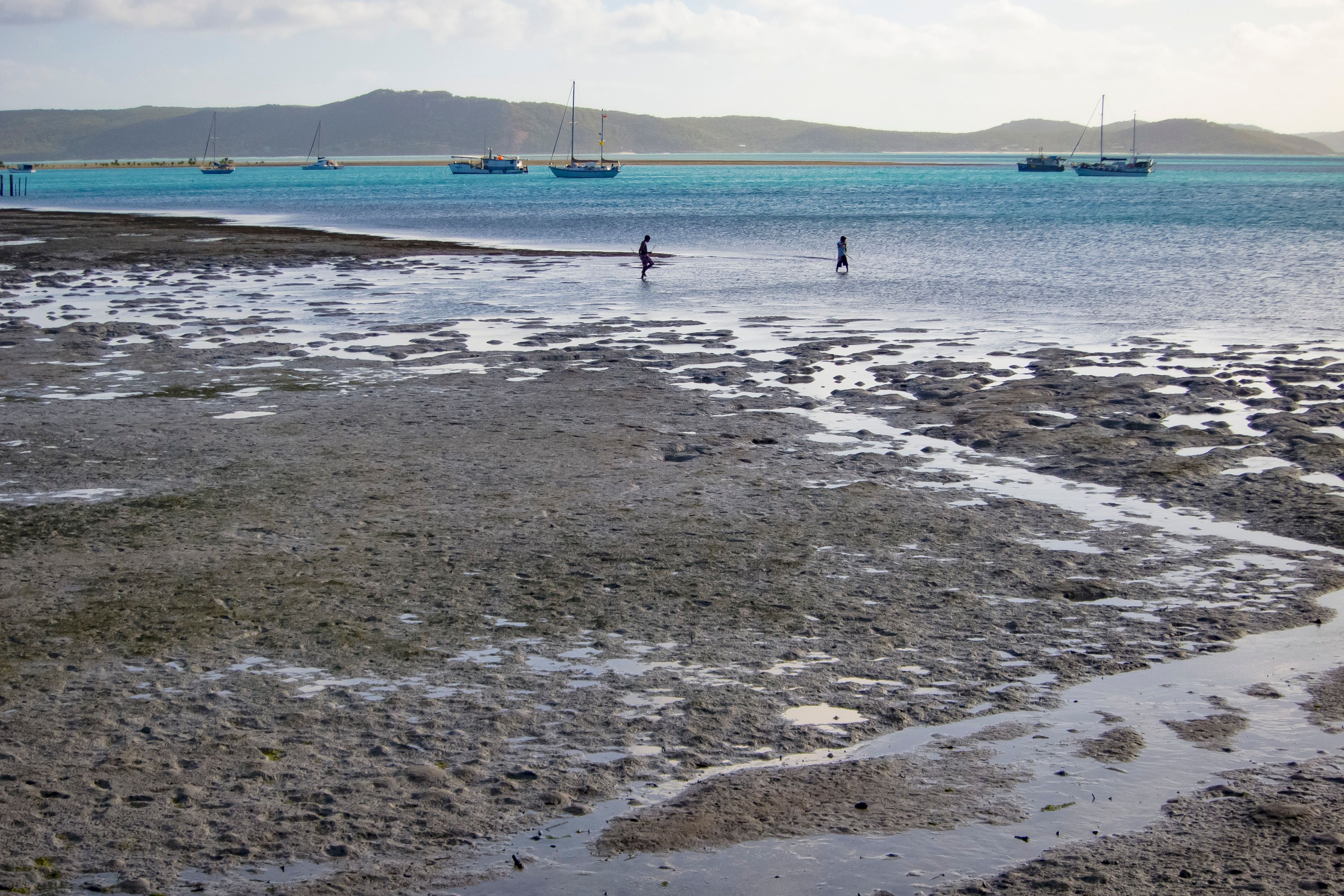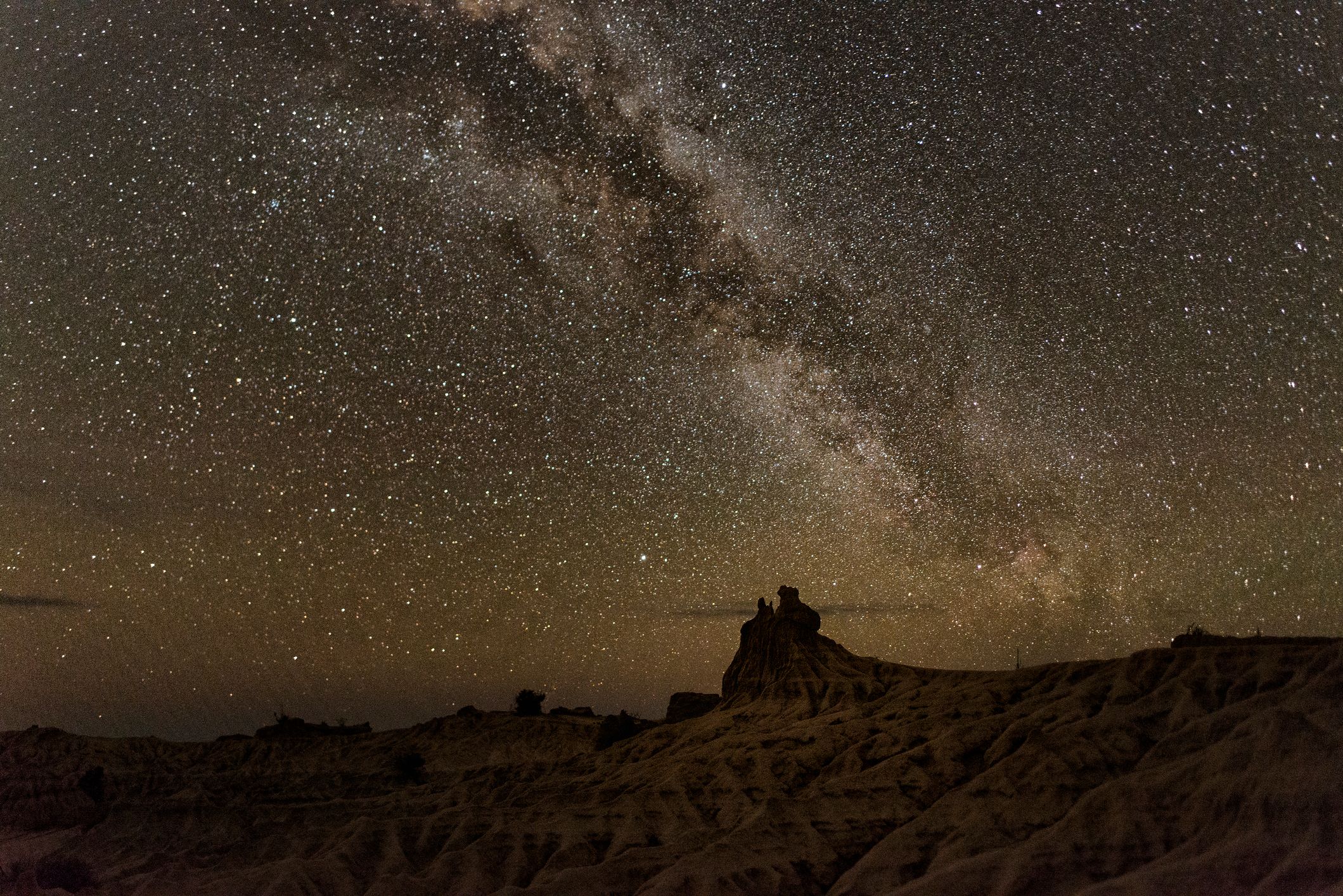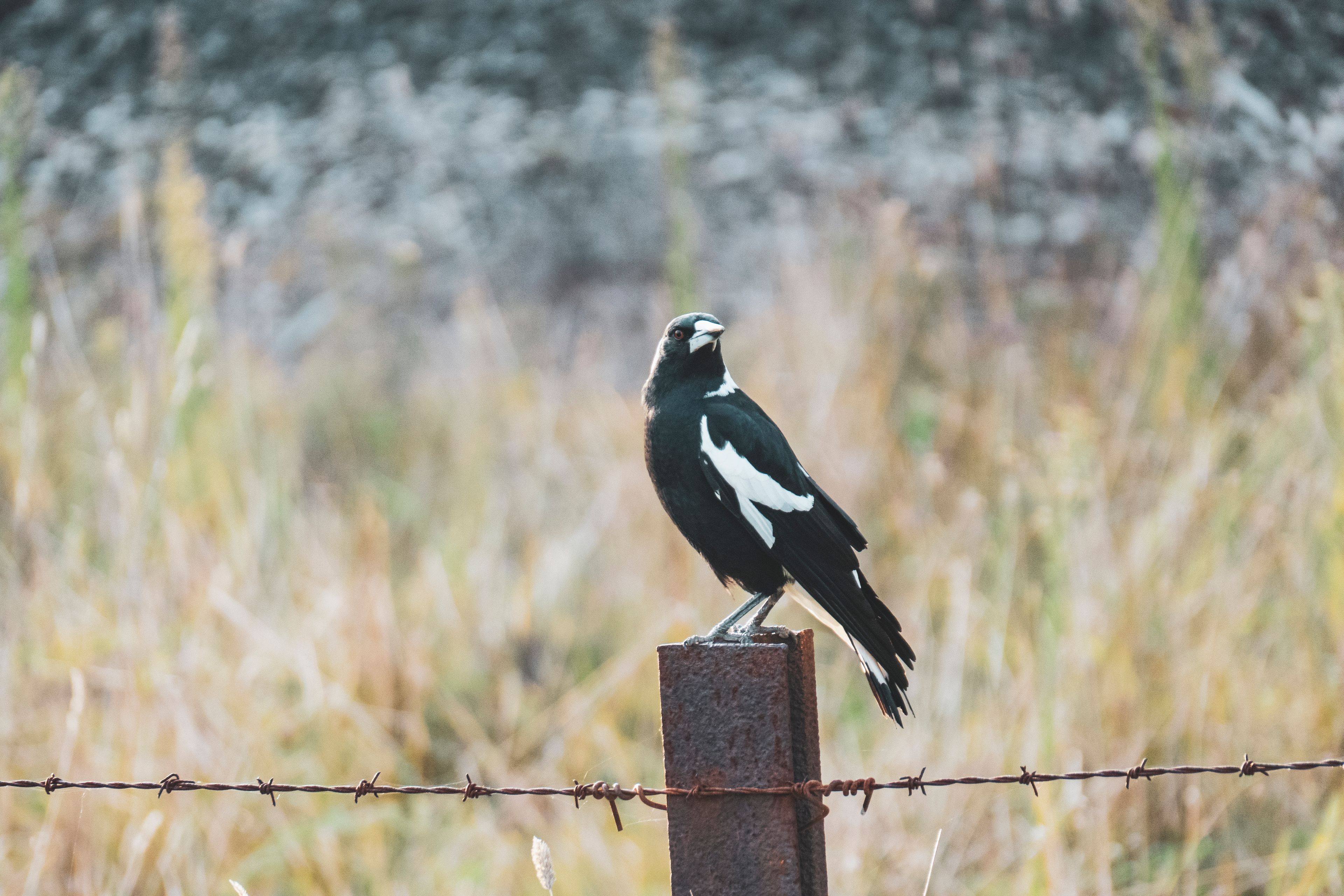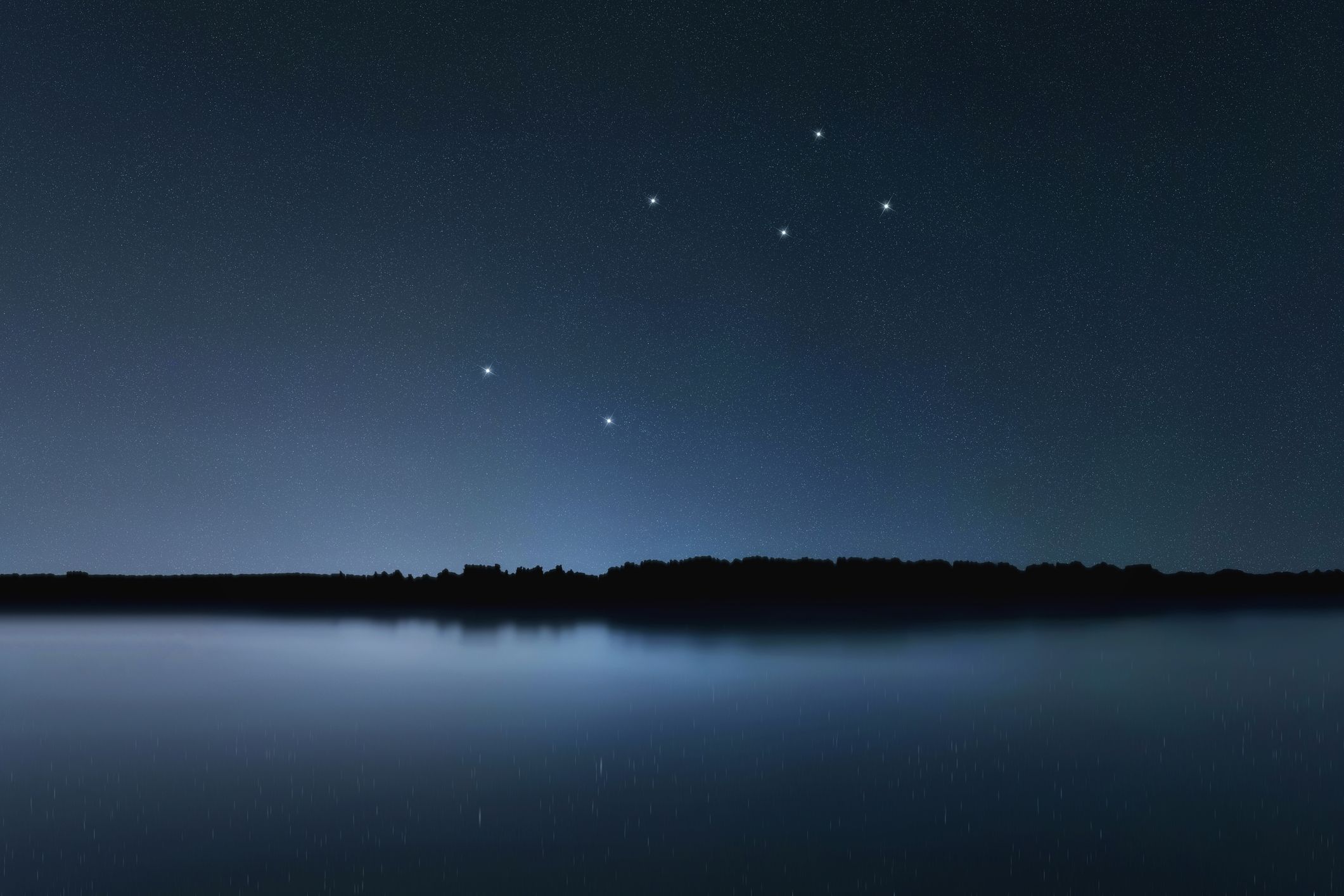Home/Stories and news/Indigenous Knowledges in Science: Representation, Relevance and Respect

Indigenous Knowledges in Science: Representation, Relevance and Respect
Milky way and southern stars. Flinders, Victoria. Photographer: Naomi Rahim. Source: Getty Images. Used under licence.
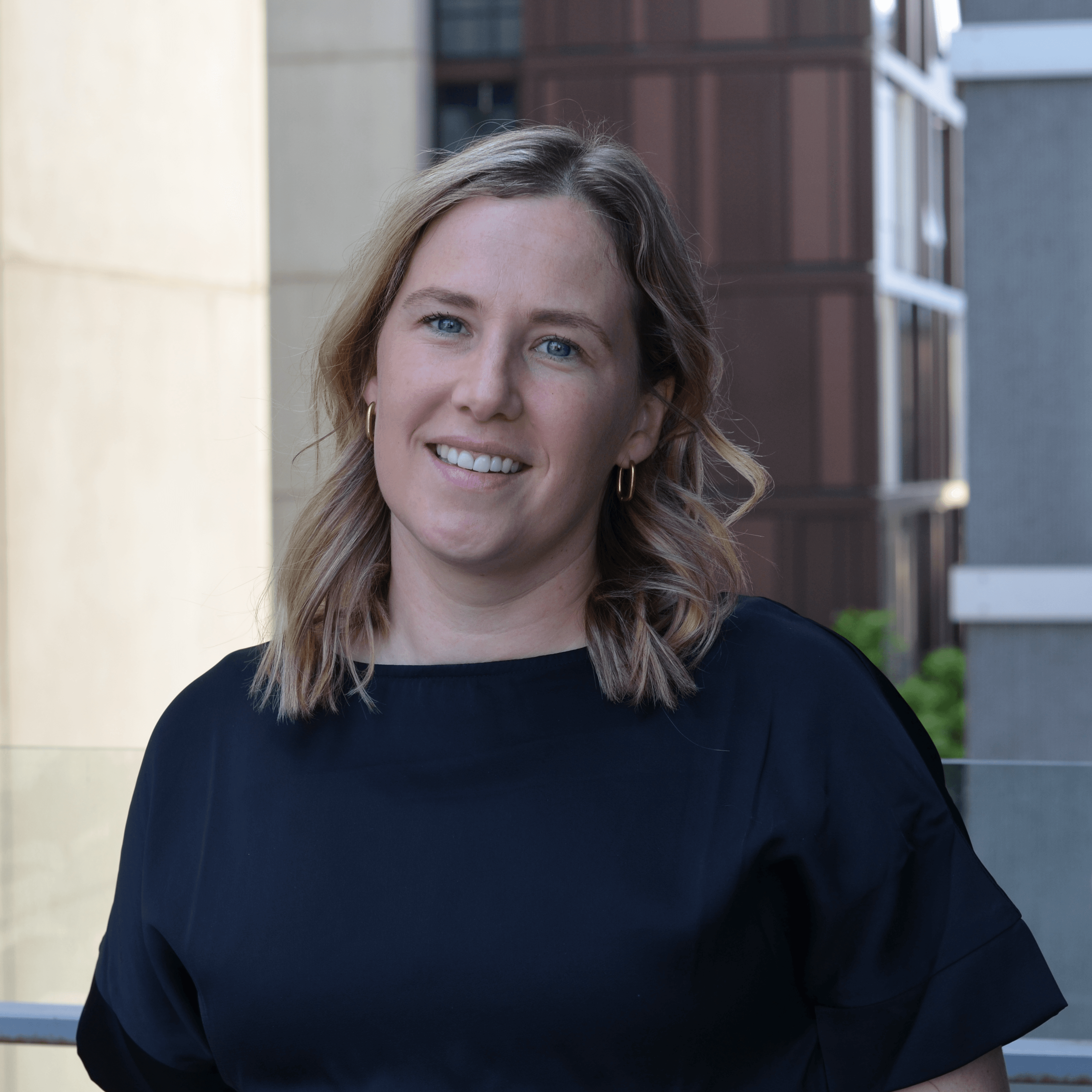
Emma Ross, Curriculum Writer
Emma Ross is a Curriculum Writer for Ngarrngga with experience in both urban primary schools and remote Aborigin...
For over 65,000 years, Aboriginal and Torres Strait Islander Peoples have developed sophisticated scientific knowledge systems, including deep understandings of astronomy, ecology, fire and water management, navigation, and medicine.
Showcasing these knowledges in education is essential, not only for environmental and social benefit, but also for ethical and cultural reasons.
Representation matters: when young Aboriginal and Torres Strait Islander Peoples see Indigenous scientists and hear their voices, it affirms that science is a space where Indigenous Knowledge and leadership belong (Shay, Thompson, Cole, & Perkins, 2024).
Ngarrngga offers tools to authentically embed Indigenous Knowledge into learning (Hogarth, 2024) and National Science Week is one opportunity to highlight the vital contributions of Indigenous Peoples in science.
Including Indigenous Knowledge in Science Education
The Australian Curriculum describes scientific inquiry as involving questioning; planning investigations based on ethical and interculturally aware principles; analysing data; and drawing evidence-based conclusions (Australian Curriculum, Assessment and Reporting Authority, n.d.).
Aboriginal and Torres Strait Islander Peoples have long engaged in these practices - observing Country, identifying patterns, testing predictions, deepening knowledge through time spent on Country and passing it down through oral traditions.
Indigenous and local knowledge systems provide vital lessons in sustaining healthy people and landscapes through dynamic, multi-level ways of collecting and sharing knowledge (Fletcher, Hamilton, Dressler, & Palmer, 2021). This knowledge offers valuable insights into sustainability, environmental care, and resilience, especially in the face of global challenges like climate change and biodiversity loss.
Representation and Inclusion in STEM
Promoting diverse voices and including Indigenous Knowledge in STEM (Science, Technology, Engineering and Mathematics) challenges dominant paradigms and supports more culturally responsive and inclusive approaches, expanding the scope of scientific thinking.
The recent Pathway to Diversity in STEM Review (Department of Industry, Science and Resources, 2024) emphasised the critical importance of the representation of Indigenous Peoples and knowledge in STEM. In an online survey of Aboriginal and Torres Strait Islander adults, 98% of respondents agreed that Indigenous representation in STEM is important.
As one participant noted, “I think it’s important that as an Indigenous person growing up you can see other people in STEM fields, so you are aware of the opportunities you have.”
As well as improving educational outcomes for Indigenous students who have long been underrepresented in education systems (Jin, 2021), the complementarity of Western Science and Indigenous Knowledge offers new pathways of scientific inquiry and innovation.
The holistic nature of Indigenous science, closely connected to cultural practices and relationships with Country, grounded in long-term, place-based observation, can deepen our understanding of complex environmental and ecological systems.
This integrated approach not only enriches science curricula but also contributes to a more equitable and future-focused STEM landscape, one where all students can see themselves as scientists and contributors to global challenges.
Showcasing Diverse Ways of Knowing in Science
In alignment with this year’s National Science Week theme, Decoding the Universe, Ngarrngga is highlighting the contributions of Indigenous scientists. Educators are encouraged to share their stories with students to showcase diverse perspectives in science and integrate them into their programs.
This is an opportunity to know, hear and understand the remarkable achievements and invaluable contributions of Aboriginal and Torres Strait Islander Peoples to our country (Hogarth, 2024). Short bios are included below, suitable for both primary and secondary audiences.
It is also essential to recognise the countless unnamed scientists, traditional knowledge holders whose understandings of tides, animal behaviour, and land management are embedded in Songlines and the Dreaming.
Scientist Bios
Professor Joe Sambono, Zoology
Primary School Bio
Joe Sambono is a Jingili man, zoologist, and Professor of Practice at Queensland University of Technology. He’s passionate about making science education more inclusive by showing how Aboriginal and Torres Strait Islander knowledge overlaps with STEM. Prof. Sambono’s interest in science started when he was a kid who loved reptiles – he often hid snakes in his hat! Today, he works to help students see how cultures and identities belong in science classrooms. Prof. Sambono combines Western science with First Nations Australian science and shows that First Nations Peoples have been using scientific thinking; like observation, experimentation, and prediction, to understand nature for tens of thousands of years. In this way, he helps ‘decode’ the natural world through both science and culture.
Secondary School Bio
Joe Sambono is a Jingili man and a zoologist and Professor of Practice at Queensland University of Technology, specialising in embedding Aboriginal and Torres Strait Islander histories and cultures into science education. His journey began with a childhood fascination with reptiles and evolved into a mission to reshape science education so all students can see themselves and their cultures reflected in STEM. Prof. Sambono combines his Western scientific training with First Nations Australian science. His work has been praised for showing that Indigenous Peoples across the globe, and in Australia have long practised empirical investigation, hypothesis-testing, pattern recognition, experimentation, and prediction – essentially ‘decoding’ nature for tens of thousands of years.
Dr Cass Hunter, Marine Biology
Primary School Bio
Dr Cass Hunter is a Marine Scientist and a proud Kuku Yalanji and Maluiligal woman from Far North Queensland. She works at NAILSMA in Cairns, where she helps protect the ocean by combining Aboriginal and Torres Strait Islander knowledge systems with Western science. Dr Hunter works with communities, scientists, and governments to help make decisions that are better for people and the planet. With more than 20 years of experience, she focuses on making sure Indigenous voices are heard in big conversations about climate change, the environment, and jobs connected to the ocean. She’s part of important groups that help the government make choices about protecting Country, including the Great Barrier Reef.
Secondary School Bio
Dr Cass Hunter is a descendent of the Kuku Yalanji and Maluiligal nations and is an Indigenous Researcher with NAILSMA in Cairns. She works at the intersection of ecology, climate science, and Indigenous knowledge systems. Dr Hunter ‘decodes’ the environment by focusing on sustainable practices and cultural frameworks to manage and protect ocean environments. She has led major research in Indigenous coastal livelihoods, co-design, and knowledge translation. Her work champions Indigenous leadership in science and prioritises knowledge-sharing approaches that respect and embed cultural values in environmental decision-making.
Dr Misty Jenkins, Immunologist
Primary School Bio
Dr Misty Jenkins is a Gunditjmara scientist who studies the immune system and works to improve cancer treatments. She’s an immunologist, and her research focuses on CAR T cell therapy, a type of treatment where a person’s own immune cells are changed to help them recognise and fight cancer, especially brain cancers like glioblastoma. Dr Jenkins is also a strong advocate for First Nations students in science. As a leader and mentor, she brings cultural knowledge into her work and helps create more opportunities for young Indigenous people to explore careers in STEM.
Secondary School Bio
Dr Misty Jenkins is a Gunditjmara immunologist and STEM advocate. Her research focuses on decoding one of the most intricate systems: the human immune system. Her research is on designing a treatment (CAR T-cell therapy) to fight brain cancers like glioblastoma. CAR T cell therapy is a type of cancer treatment where a patient’s immune cells (T cells) are harvested from the patient and modified to better recognise the cancer, and then returned to the patients body, to fight the cancer cells. As an Indigenous leader and mentor, she brings cultural knowledge into science and advances pathways for First Nations youth in STEM.
Professor Bradley Moggridge, Water
Primary School Bio
Professor Bradley Moggridgeis a Kamilaroi hydrogeologist - someone who studies how water moves through the ground and how we can better care for it. He combines Western science with Traditional Ecological Knowledge to ‘decode’ and understand one of Earth’s most important systems: water. Professor Moggridge’s work looks at rivers, wetlands, and underground water (called aquifers), and how Indigenous Knowledge can help protect these systems for the future. He works with Traditional Owners across Australia to find better, more sustainable ways to look after water, especially groundwater - the invisible rivers that flow beneath our feet.
Secondary School Bio
Professor Bradley Moggridge is a Kamilaroi hydrogeologist, environmental scientist and cultural scientist. He uses Western science alongside Traditional Ecological Knowledge to ‘decode’ one of Earth’s most vital and complex systems: water. His research focuses on how we can better care for water systems like rivers, wetlands, and underground aquifers by respecting and including Indigenous Knowledge. Professor Moggridge works with Traditional Owners across Australia to understand how their knowledge of water can help us manage water in more sustainable ways and protect Australia’s precious water systems, especially ground water: the rivers that flow beneath our feet.
Dr Kirsten Banks, Astrophysics
Primary School Bio
Dr Kirsten Banksis a Wiradjuri astrophysicist who mixes Western science with Indigenous star knowledge to help people understand the universe. Her research is on giant red stars in the Milky Way. Dr Banks helps ‘decode the universe’ by sharing stories about our galaxy’s history and the mysteries of things like dark matter. Dr Banks shares how dark constellations like the Emu in the Sky are part of one of the oldest forms of astronomy: Indigenous Astronomy. Through public talks and social media storytelling on TikTok, she inspires young people to get curious about space and shows that both modern astrophysics and Indigenous star knowledge can help us understand the cosmos.
Secondary School Bio
Dr Kirsten Banks is a Wiradjuri astrophysicist and science communicator, known for blending Western science with Indigenous sky traditions and making science accessible and captivating for everyone. Her PhD research focused on galaxy evolution and giant red stars in the Milky Way. Dr Banks ‘decodes the universe’ by transforming tiny starlight signals, like those from red giants and merging galaxies, into stories about our galaxy’s past and the mysteries of dark matter and dark energy. She shares how dark constellations like the ‘Emu in the Sky’ showcase one of the oldest forms of astronomy. Through public talks and social media storytelling on TikTok, Dr Banks inspires young people from all backgrounds to explore the universe, showing that Indigenous star knowledge and modern astrophysics are two powerful ways to decode the cosmos.
References
Australian Curriculum, Assessment and Reporting Authority. (n.d.). Science. Australian Curriculum. https://www.australiancurriculum.edu.au/curriculum-information/understand-this-learning-area/science
Australian Government Department of Education. (n.d.). Aboriginal and Torres Strait Islander students. National STEM Education Resources Toolkit. https://www.education.gov.au/australian-curriculum/national-stem-education-resources-toolkit/i-want-know-about-stem-education/which-school-students-need-stem-education/aboriginal-and-torres-strait-islander-students
Department of Industry, Science and Resources. (2024). Pathway to diversity in STEM review: Final report. Australian Government. https://www.industry.gov.au/sites/default/files/2024-02/pathway-to-diversity-in-stem-review-final-report.pdf
Fletcher, M. S., Hamilton, R., Dressler, W., & Palmer, L. (2021). Indigenous knowledge and the shackles of wilderness. Proceedings of the National Academy of Sciences, 118 (40), e2022218118.
Hogarth, M. (2024). Australian teacher shouldn’t be afraid to teach Indigenous Knowledge. https://pursuit.unimelb.edu.au/articles/australian-teachers-shouldn-t-be-afraid-to-teach-indigenous-knowledge
Jin, Q. (2021). Supporting indigenous students in science and STEM education: A systematic review. Education Sciences, 11 (9), 555.
Shay, M., Thomson, A., Cole, A., Miller, J., & Perkins, R. (2024). ‘Definitions are often very western. This excludes us.’Our research shows how to boost Indigenous participation in STEM.
